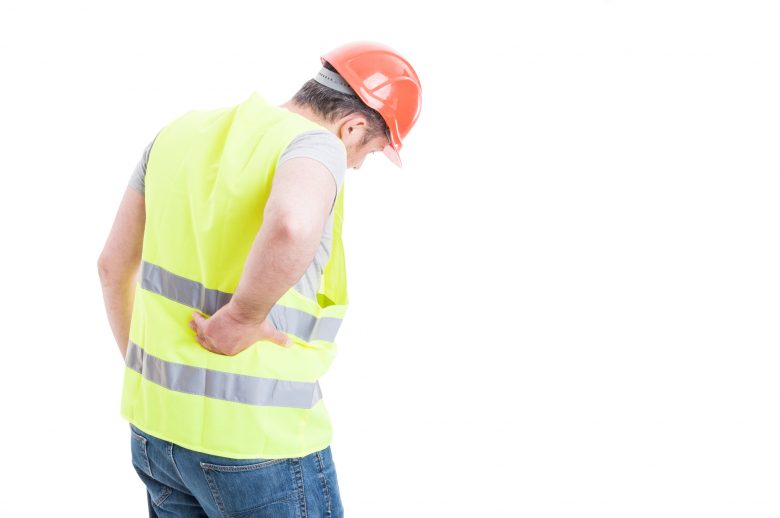Are back belts effective at preventing workplace back injuries? You’d think so given how frequently they’re used by material handlers and other workers who spend a large chunk of their day lifting heavy loads.
And you can see why it’s appealing—back pain is the biggest injury-related reason people visit the doctor. Back injuries are also an incredibly difficult issue for OHS professionals to solve. So the idea that a relatively straightforward piece of protective equipment can protect against back pain comes as welcome news.
Unfortunately, there’s an elephant in the room when it comes to back belts—and that’s the fact that they might not actually work.
This comprehensive guide on back injuries at work goes in depth into the problem with back belts and finds that there is no conclusive research to suggest that back belts reduce the incidence of back pain in employees.
The National Institute for Occupational Health and Safety (NIOSH) comes to the same conclusion regarding the efficacy of back belts. The organization notes that “there is insufficient scientific evidence that they actually deliver what is promised.” As a result, NIOSH does not recommend the use of back belts to prevent sprains and strains in back muscles.
There are some who still believe the use of back belts can reduce the rate of back pain in a company’s workforce. Research conducted in the mid-1990s, for example, found that back belts had a positive effect, reducing lost time due to low back injuries by a third.
But there are reasons to be skeptical of these types of findings. In the study cited above, the usage rate of back belts was suspiciously high at 98%, a PPE compliance rate that would be the envy of almost any safety manager. And more recent research in Australia and the United States concluded that there’s a lack of compelling evidence that back belts are able to protect workers from hurting their backs on the job.
If back belts aren’t an effective way to reduce back injuries, then what is?
The causes of back injuries are pretty clear: poor lifting technique, attempting to carry too much weight, a lack of stretch breaks, and other individual actions that can strain back muscles to the point of injury.
Reducing back injuries requires safety managers to help workers avoid the poor posture and dangerous lifting decisions that can lead to a hurt back. Workplace training on how to properly lift objects is typically provided by most employers, but as this back injury guide points out, that’s not enough. Because the lifting skills that workers learn in standard lifting training is only useful if workers can put it into action:
Almost everyone knows they should bend at the knees and avoid carrying too much. And many safety programs include rigorous training on the tenets of safe lifting.
But good intentions go out the window when workers are rushing, frustrated, tired or complacent. In these states people are much more likely to forget lifting instructions and fall back into bad habits like lifting with their back, improperly handling awkward loads, and trying to carry too much too quickly.
In the end, a two-pronged approach is required. Companies should offer material handlers and other workers training on how and when to use proper lifting techniques, how much they can safely lift, and provide other standard back injury prevention measures.
And workers should also be trained on the human factors that can compromise back health. These solutions aren’t as easy as buying a shipment of back belts, but they’ll be a lot more effective at reducing back injuries in a workforce.
Download this free guide on back injury prevention to learn more about how human factors can cause higher rates of back pain—and what safety managers can do about it to promote better back health.

